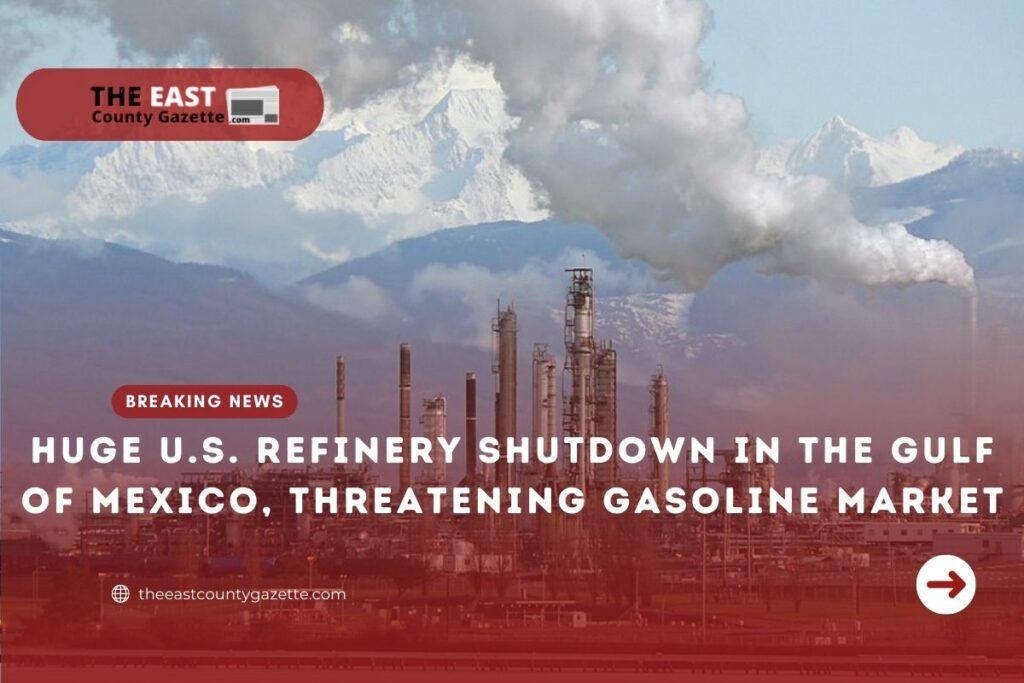The unexpected shutdown of the second-largest refinery in the United States, with no clarity about when operations will resume, could have an outsized impact on a market already feeling the squeeze.
As a result of frigid temperatures, Marathon Petroleum’s 593,000 barrel-per-day refinery in Galveston Bay lost power in Texas City, Texas, on Friday. Marathon declined to comment on its operations, but a person familiar with Marathon’s operations said that it had begun buying oil product to cover its obligations to customers, mysanantonio reported. The issues Marathon encountered during the shutdown may take several weeks to resolve.
Over the past two years, refiners have lost more than 1 million barrels of capacity, which this year will result in fatter profit margins as U.S. demand grows. With a tight supply market and a demand set to challenge 2019 levels, crude oil refineries cannot afford unplanned outages to slow them down.
In addition, Valero Energy has shut down two refineries and Chevron has shut down one. These two refineries contribute about 1.2 million barrels a day to Gulf Coast refining capacity, together with Marathon’s Galveston Bay. The price of conventional gasoline in Houston closed Monday at a 1.5 cent premium to its New York futures, its highest level since Dec. 7.
After the power outage on Friday, Valero’s 225,000 barrel-a-day Texas City plant had begun resuming some production units on Saturday, but full operations may take several days. When abrupt shutdowns leave cooling pipes clogged with liquid, large production units such as crude processors, cokers and fluid catalytic crackers can take time to restart. Valero did not respond to a request for comment.
Read More: $3,000 Stimulus Check to Hit Your Bank This Month. Check Out Why?
In the meantime, Valero’s 263,800 barrel-a-day Houston refinery unexpectedly shut down Monday due to heavy flaring. In the Houston Ship Channel, Chevron’s Pasadena refinery is trying to restart operations after the boilers broke down.
As of the week ending Jan. 28, refinery utilization on the Gulf Coast, the largest concentration of U.S. refining capacity, was only 86%. During the time of the pandemic, this reflects the heavy maintenance season in progress as plants complete work that had been delayed until the middle of 2020 or 2021 for cash conservation.
According to Energy Aspects, planned maintenance alone will cause the U.S. crude capacity to drop by 1.4 million barrels per day from January through April. It’s approximately 200,000 barrels a day more than in the same period between 2015 and 2019.
As long as refiners continue to increase run rates, the market for their products will remain robust. For the four-week period ended Jan. 28, products supplied in the U.S. rose 2.1% to 21.6 million barrels a day, the highest level since Aug. 2019.
The Gulf Coast has experienced a two-week decline in gasoline supplies. In the region, distillate inventories dropped 4.8% to the lowest level since Dec. 24. Since April 2020, distillate stocks have fallen eight straight weeks on the East Coast.
Early Monday, the 3-2-1 crack spread broke through $24 a barrel for the first time since August. It is expected that spread will increase further as summer approaches.

